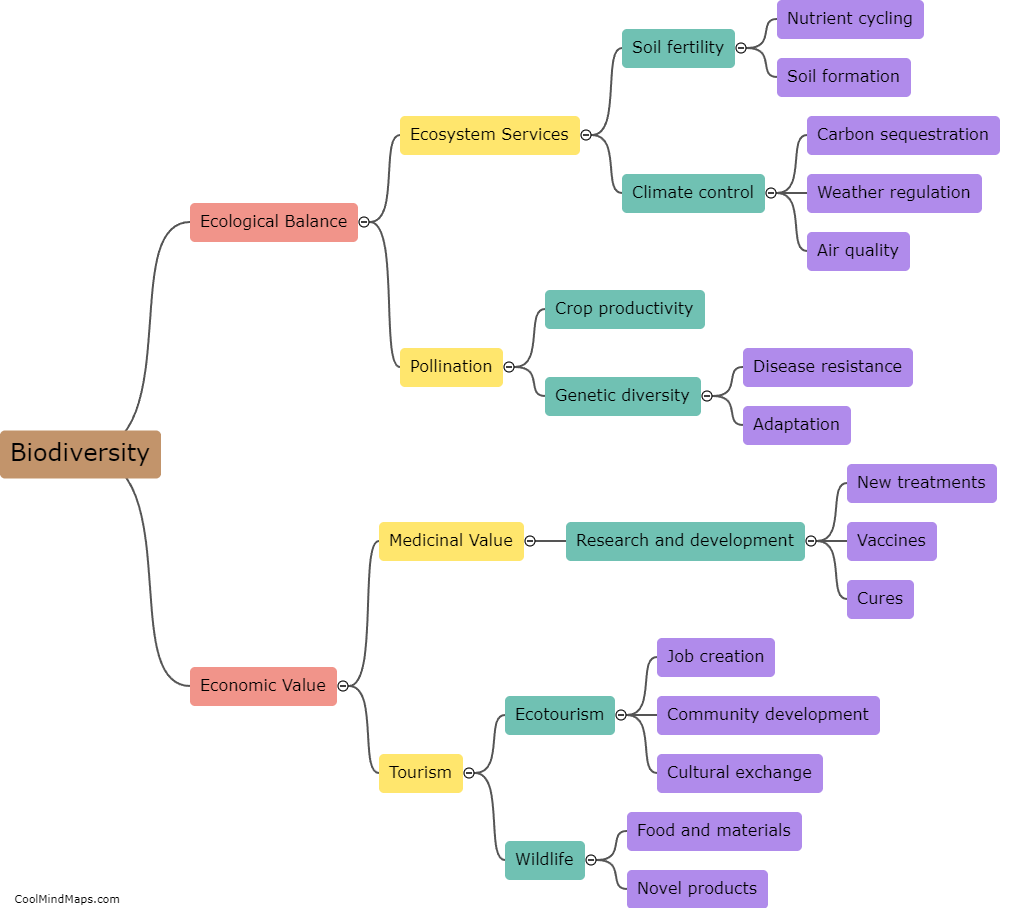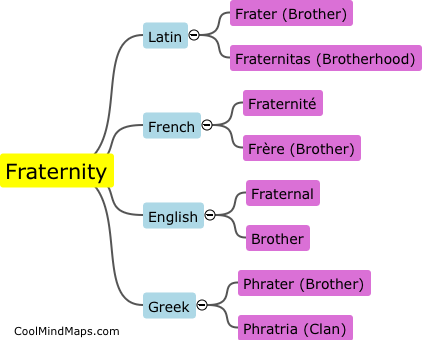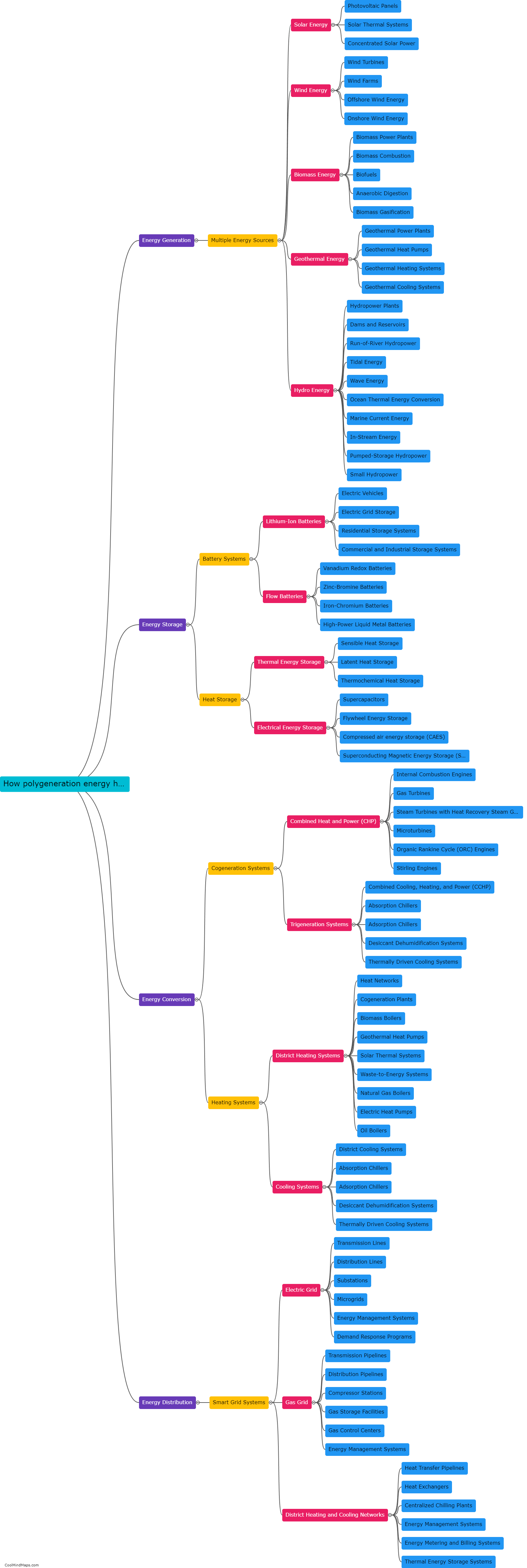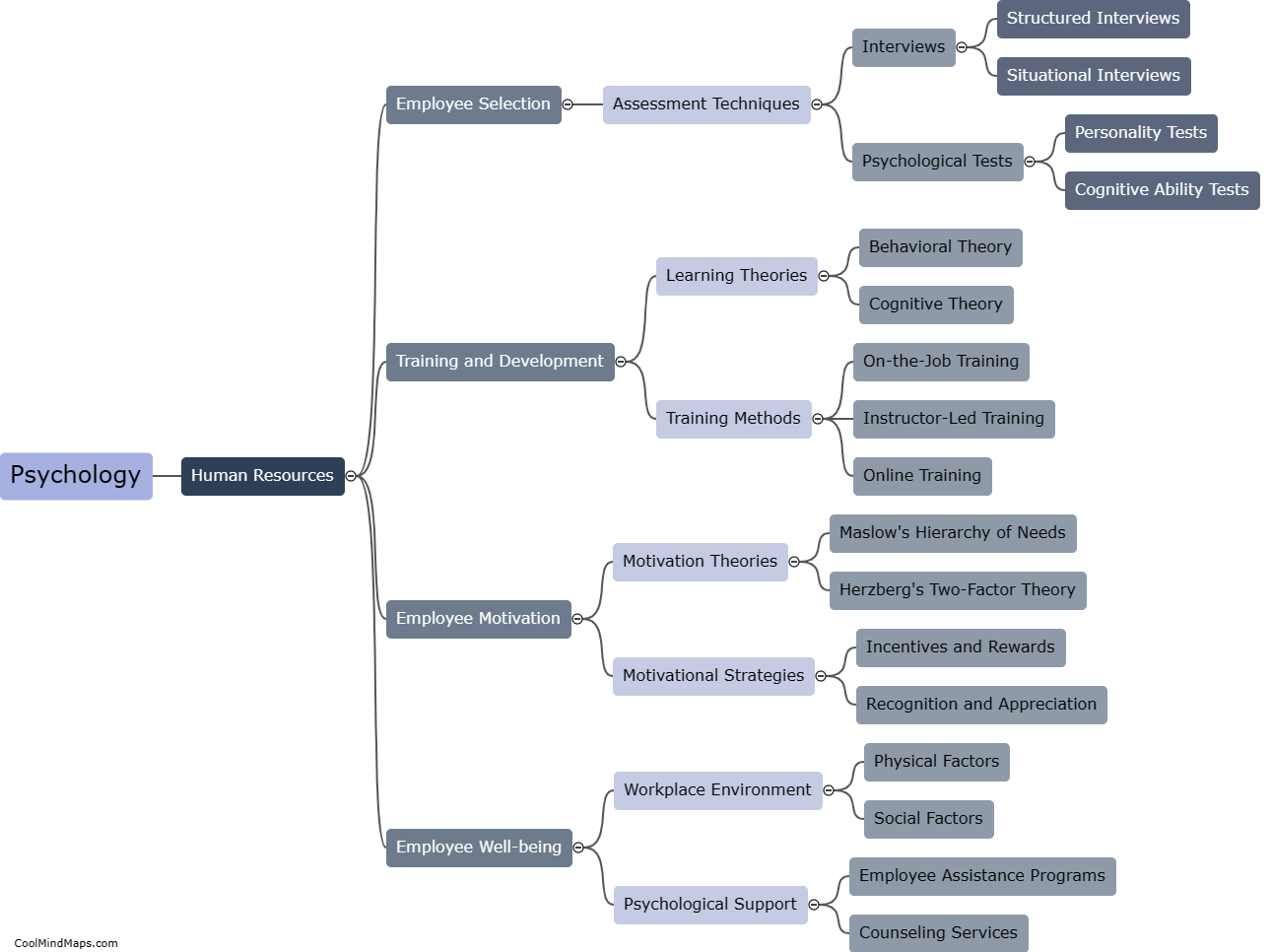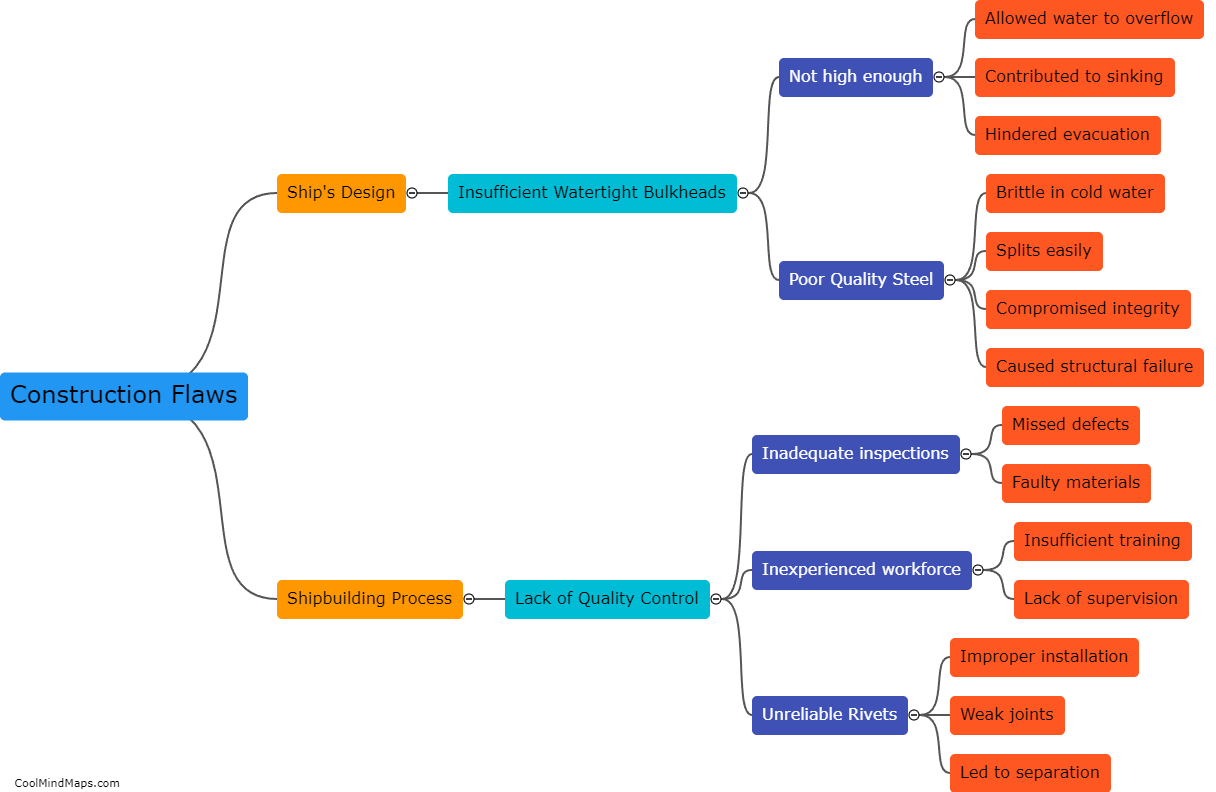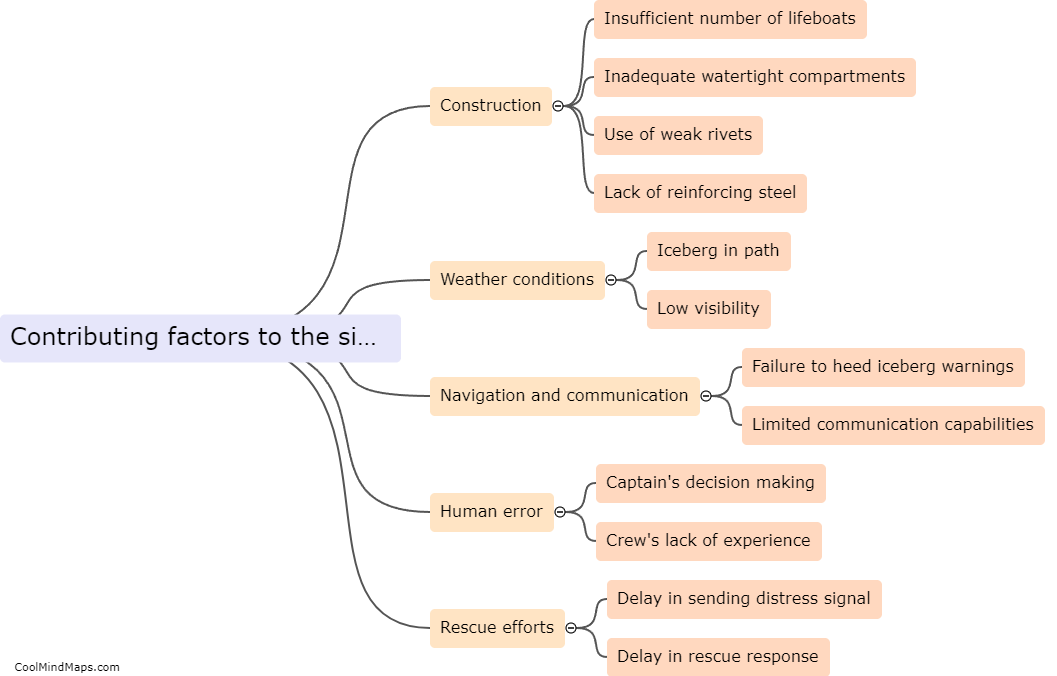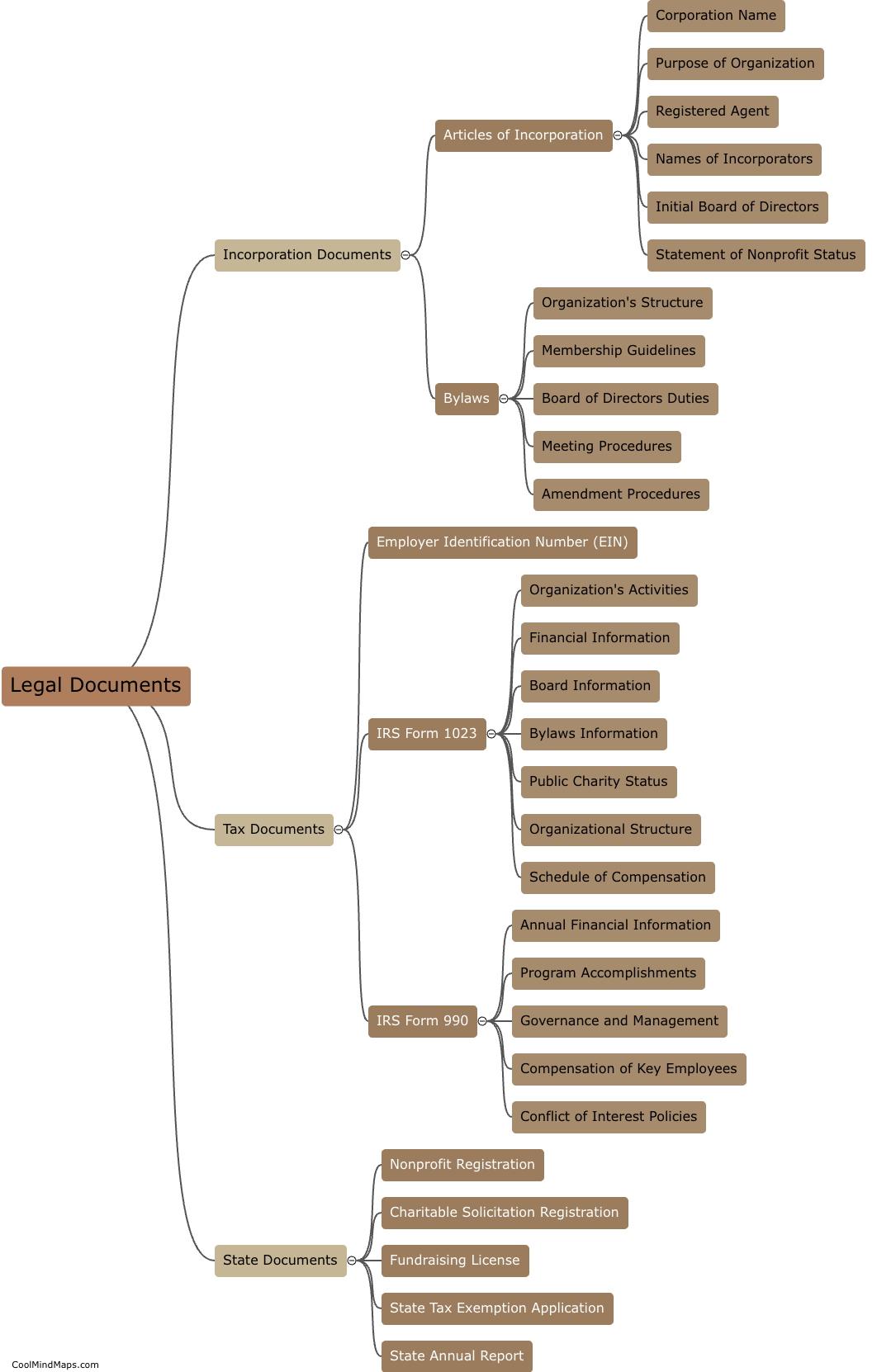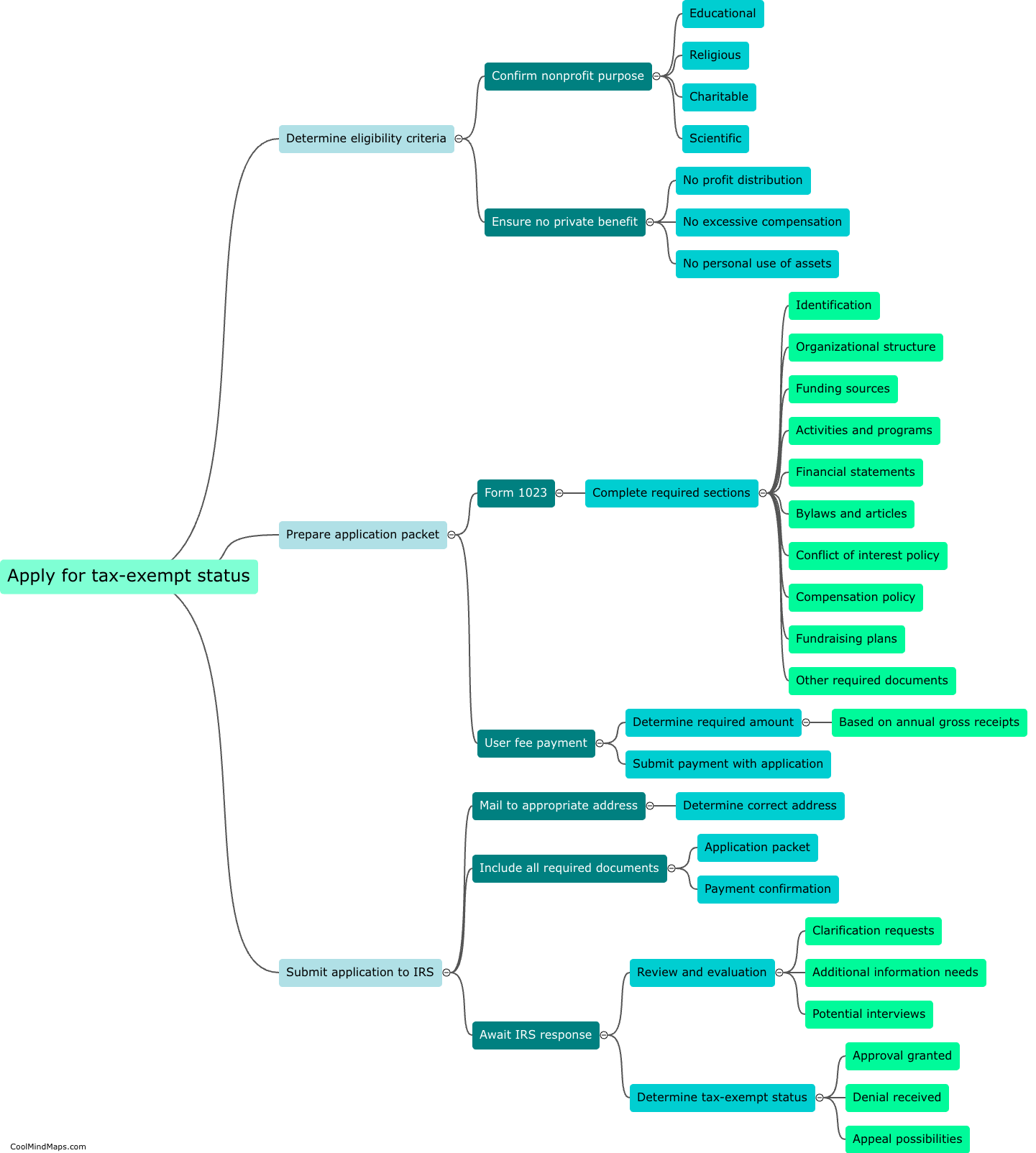What caused the collision with the iceberg?
The collision with the iceberg that led to the sinking of the RMS Titanic in 1912 can be attributed to a variety of factors. The primary cause was the failure to adequately detect and respond to the presence of ice in the ship's path. The night was exceptionally clear and calm, which made it difficult to spot icebergs. Additionally, the Titanic was traveling at near maximum speed to make up for lost time during its maiden voyage, which reduced the time available for maneuvering or stopping. The iceberg was then sighted too late, leaving the ship with insufficient time to avoid a direct collision. Another contributing factor was the quality of the materials used in constructing the ship. The Titanic was built using less flexible steel that proved more prone to fracture upon impact, leading to extensive damage when the iceberg struck the ship's hull. Overall, a combination of inadequate surveillance, excessive speed, and substandard materials played a role in causing the fateful collision.
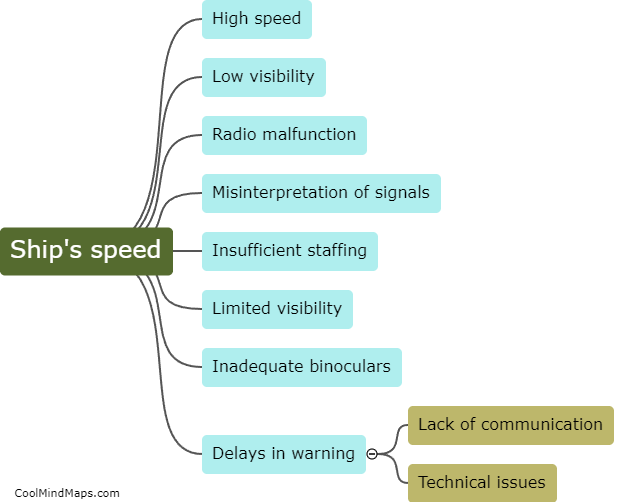
This mind map was published on 4 September 2023 and has been viewed 115 times.

